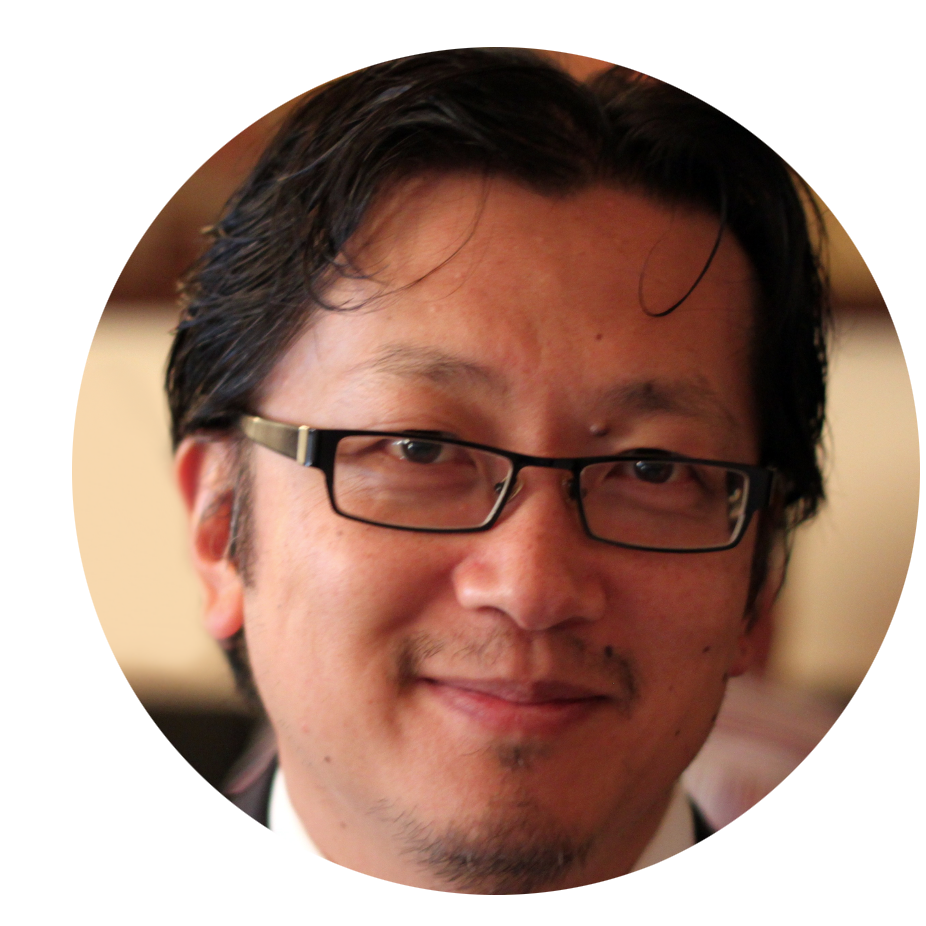

Dr. Henry Yu, Associate Professor, Department of History
Over the last 15 years, fourth-year UBC History students have explored the complexities and personal histories involved in migration through the lens of compelling storytelling.
As an assignment in various classes—such as HIST 482, HIST 483, and HIST 485—students are expected to pair up and explore their own individual and family stories, taking on the roles of both the interviewer and interviewee in turn. Their final productions are shared with their classmates, peer reviewed, and wrapped up with intentional reflection and discussion.
“The word practical is not the word I generally use. I prefer the term meaningful—and it's up to you to decide the meaning of the learning for yourself.”
Students use practical skills in the classroom to create impactful digital presentations that allow them to understand and grapple with the ethics and power dynamics between interviewee and interviewer. Through this exercise, they can explore those dynamics during an interview and afterwards in the process of representation, as well as recognize the importance of storytelling in how we understand our own past and those of communities and nations.
- Provide meaningful opportunities for community building connections between classmates
- Practical experience in interviewing and creating and translating source material into meaningful and compelling forms that can be shared widely
- Provide the opportunity to reflect on their own positionality within academic processes that take place within universities and within their broader lives
- Allow students to explore digital technology that is used in and outside of the discipline
Learning Activities
Delivery
Learning Exercise
Method
In pairs, students are challenged to conduct an interview focused on personal stories of migration while considering the context of the course itself. Each student is also tasked with creating some form of representation of the other, using video or other digital media to showcase what was shared by the other student to the class in an effective and compelling way. Students can be as creative with the storytelling as they like, with the constraint that the final product has a maximum length—for instance, a video can be no more than five minutes in length.
Grading
Students provide peer-to-peer feedback in a workshop environment, evaluating and sharing what they think worked and did not work well in each other’s presentations, and learning how to provide productive and practical suggestions.
What have you heard from students about the experience?
We did a study with Scholarship on Teaching and Learning with 15 years of students who have taken my classes (over 1,000 students), and looked for what made an impact that stuck with them.
One of the interesting things we found was that for the students who had been out in the world the longest after graduation, what they remembered the most was not the content of the classes (the facts and history), but the experiences that were transformative, including times they were challenged and empowered to come up with a solution without being told exactly how to do it.
The survey confirmed something that I would occasionally hear from UBC alumni who had taken classes with me when I ran into them years later: what many of the students appreciated later, and what they remembered, were the lessons they learned and skills they honed by doing things they had not previously been taught (rather than skills they had already learned such as writing an essay). Alumni talked about how refreshing it had been to be allowed/obligated in class to work through challenges, rather than just being told exactly what to do to get a good grade. The survey echoed something that came up in conversations with alumni about how being forced to overcome a challenge with a creative solution had helped give them confidence to do the same in their careers.
What are some changes or improvements you want to make in the future?
I’ve been tinkering with this process for 20 years throughout my time here at UBC and for a decade before that, at UCLA. Over the years, I have become even more convinced about the importance of being transparent throughout the course from beginning to end about the way the class is organized and how the goals might be different than other classes.
We also emphasize learning by doing through watching the work done of past students over the years and understanding how they had approached a problem and came up with their solution—that there is not necessarily a single ‘right’ answer or approach, but that we can weigh the advantages and disadvantages of any approach. Having dozens (now hundreds after 20 years!) of prior presentations made by students before them in the same situation gives them a very practical set of examples to draw from for inspiration, as well as what might not work that well.
Do you have any suggestions for other instructors who are considering practical learning for their course?
Ask yourself what you consider “success” in your teaching career: Is it that you want the students to know what you know? Or is it that you want the class to have meaningful elements that have a lasting impact on the students? Use that reflection to consider how you can explore not just your discipline, but what it means to be thinking about the world the way people in your field do, and how that might be helpful in solving other problems—or how it might also be the wrong tool for some tasks.
I always feel I learn constantly from my students because they each approach things so differently than I might, and it’s not my job to make them into mini versions of me, but to involve them in a collective process for all of us to engage with and learn from each other. We have so many amazing students who might not have gained the confidence yet to tap into their own creative energy; they can only learn that confidence to take on future challenges through the practical experience of overcoming them.
If you can see part of your job as providing an environment for them to have transformative practical learning experiences that help them in the long run, then you will create the opportunity to go beyond the limited amount of content/knowledge collected in your own brain that you can force feed them during the 13 or 14 weeks you have together.
Level of Difficulty: Medium
Courses: HIST 482 (“Chinese Migration”); HIST 483 (“Asian Canadian Communities in the Americas”; HIST 485 (“Asian Canadian Communities in Vancouver”)
Number of Students: 30-60
Delivery: Small lectures
Time: Full term
Keywords: storytelling/sharing, interviewing/being interviewed, creative direction, peer learning, community building


